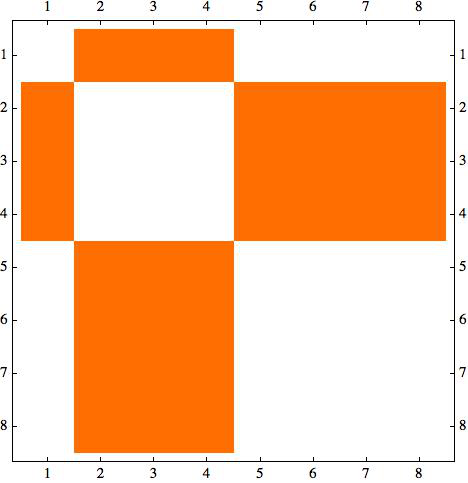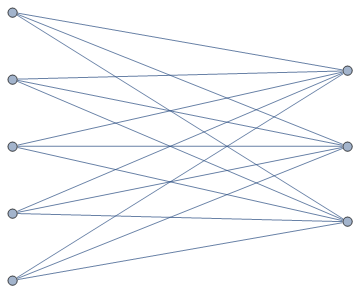In a bipartite graphs there are two class of nodes, say A and B. Each node of class A may interact only with nodes of the class B, and viceversa. The corresponding adjecency matrix is thus composed by two off-diagonal blocks (if you sort the vertices in an appropriate way).
I realize that when working with adjecency matrix for a given bipartite graphs, sometimes I get the desired order in the adjecency matrix, and thus if I plot it, it is formed by two off-diagonal blocks:
g1=CompleteGraph[{5,3}]
m1=AdjacencyMatrix[g1] // MatrixPlot

However, sometimes if I plot the adjecency matrix directly from the bipartite graphs, now it is not in the desired order:
l2 = CompleteGraph[{5, 3}] // EdgeList;
weights = RandomReal[{0.5, 2}, Length[l2]];
g2 = Graph[l2, EdgeWeight -> weights, GraphLayout -> "BipartiteEmbedding"]
m2=AdjacencyMatrix[g2] // MatrixPlot

I'm trying to find a way to automatically sort m2 so to tranform it in a two off-diagonal blocks matrix.






